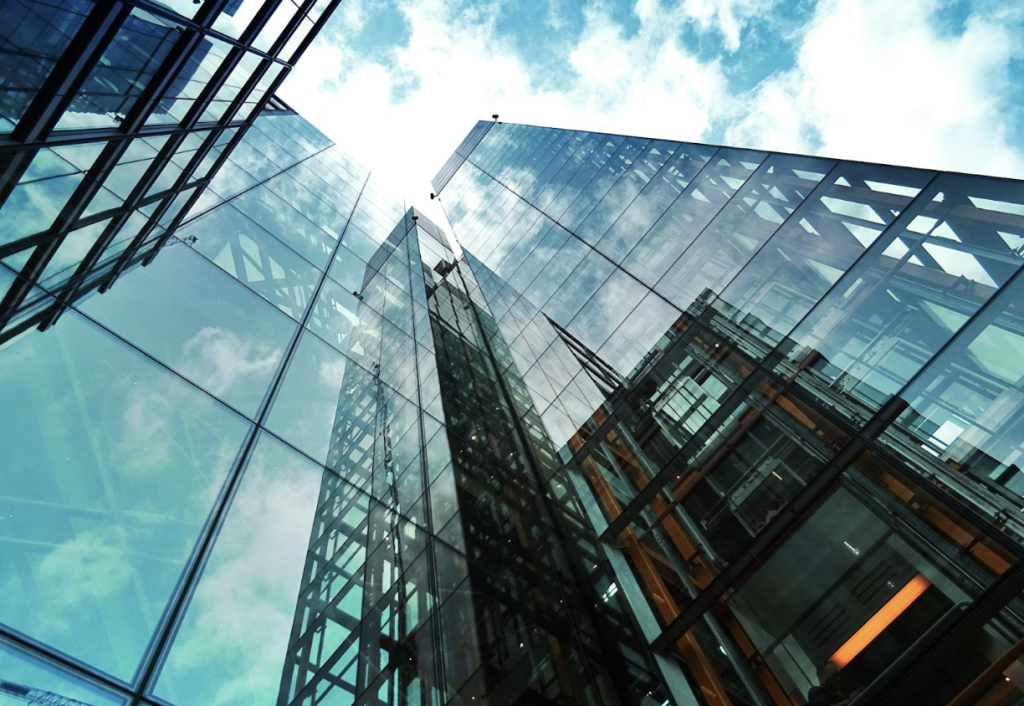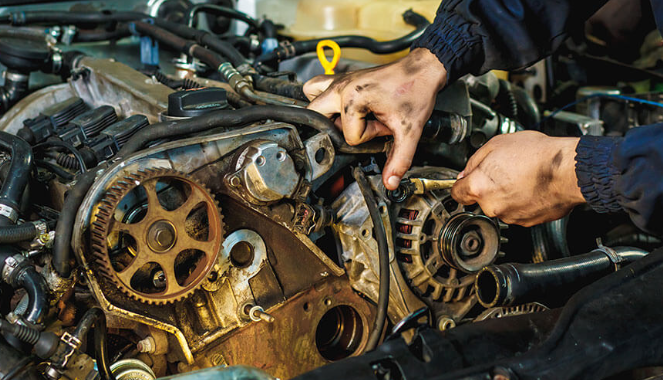Integrating Technology into Construction: The Future of Smart Building
5 min read
These days, the construction industry has been entering the digital platform. Advanced technologies in 3D printing, AI, and IoT are fully changing the face of how buildings are designed and constructed. Innovation that can make construction smarter and more efficient is increasingly considered one of the most important ways to make sustainable development possible. While this industry is still in its evolving stage, it has now reached a point where leveraging technology is necessary for companies in the industry if they want to stay competitive. Let’s gain more insights into how these technologies bring about a transformational shift in construction in Singapore.
3D Printing: Redefining Building Processes
3D printing is the up-and-coming, and probably the most impacting, construction method that allows structures to be printed layer by layer. Minimising conventional building materials and processes that are labour-intensive, 3D printing can make components in days instead of months of work. This goes a long way in reducing construction time.
Benefits
Speed: Projects that take months are completed in weeks.
Cost-effective: Saves material waste, which in turn saves money on labour.
Design Flexibility: Complex and unique architectural designs are possible. The most general applications of 3-D printing in Singapore in buildings have been prototyping, mould-making, and full-scale production of the building components. These technologies, therefore, assist in custom builds and those projects that require a lot of detailing. Therein, a number of very exciting developments with the assurance to redefine the conventional methods of construction.
Artificial Intelligence: Smart Decision Making
AI has the potential to be a game-changer in construction, building insights where it was not previously possible. Starting from planning to site management, AI allows one to predict outcomes of things, efficiently use resources through optimisation, and find out problems much in advance before they can arise.
Applications
Predictive Analytics: It’s the area where AI works on data to predict time, cost, and risks for projects.
Quality Control: The defects can be identified much sooner by using automated inspections and quality standards are assured.
Resource Management: AI optimizes materials use, cuts waste, and reduces overall costs.
AI helps boost productivity by automating basic tasks and providing relevant insights to help decision-making. For a country like Singapore, which has a rapid pace of construction, AI tools become quite significant for any organisation to show that their projects are on time and within the budget, making them very vital for mega projects.
IoT: Smart Construction Site
IoT is now connecting construction sites in ways unimaginable. The sensors and smart devices generate data on everything from equipment performance to environmental conditions. All such real-time information allows project managers to monitor and adjust operations on the fly.
Benefits
Safety: IoT devices keep a tab on site conditions and minimize accidents.
Equipment Efficiency: Sensors track machine performance and schedule maintenance before breakdowns.
Energy Management: Smart systems reduce and optimize energy use, hence making the construction site more sustainable.
IoT in the Singapore construction industry integrates operations. It is turning traditional building sites into smart environments where every element is integrated and optimized.
Building Information Modeling: A New Era of Design
BIM stands for Building Information Modeling. It refers to the digital model of the entire building and construction project. This three-dimensional model thereafter provides more details on each element in the build, starting from designs to the materials that will be used, scheduling, and even monetary costs. Thus, it makes it easier for BIM to facilitate collaboration on one single, coordinated platform among all parties concerned.
Benefits
Better Collaboration: It allows architects, engineers, and contractors to collaborate on the same page in real time.
Accurate Planning: Any potential errors are greatly reduced, which cuts down on costly reworks.
Sustainability: BIM helps in choosing the right materials friendly to the environment, hence optimising energy use.
In Singapore, the BIM is fast becoming the set tool of choice, revolutionizing how construction projects are designed and delivered. With the integration of BIM, together with other technologies such as AI, the construction process goes smoother and becomes effective.
Robotics: Automation at Site
The use of robotics is not only making job sites safer but also more efficient. Robots nowadays are doing those kinds of tasks that are repetitive and dangerous, like bricklaying, demolitions, and welding. This speeds up the process and lessens the chances of injury to human labourers.
Key Uses
Bricklaying Robots: They lay bricks precisely, hence speeding up the building process.
Demolition Robots: They tear down structures safely, with minimum hazard.
Inspection drones: scan the site for real-time progress in constructions and possible problems.
Robots contribute a lot to increasing the productivity and quality in Construction Singapore. More uses of these in the industry will be coming up as the technology develops and the more the industry gets automated.
Virtual Reality (VR) and Augmented Reality (AR): Visualising the Future
The design and perception of construction projects are increasingly changing due to the influence that virtual and augmented realities have. Fully immersive environments can experience VR; hence, the stakeholders can experience the building before it is actually constructed. Whereas AR superimposes digital information onto the real world in order to guide the workers through a set of complicated tasks.
Applications
Design Visualization: To help the client go through their house or office-to-be in a virtual model.
Training: AR guides at the site to perform tasks more knowledgeably.
Error Reduction: AR provides the laying place for components, hence reducing installation errors.
These are technologies that bridge the gap between imagination and reality. These provide valuable insights that improve design decisions while enhancing construction efficiency.
Sustainability Through Technology
Technology is not all about efficiency; it’s also about driving sustainability in construction. From energy management systems to eco-friendly building practices, smart technologies are helping reduce the environmental impacts associated with construction projects.
Examples
Smart Energy Systems: Control energy consumption in real time to maintain efficiency with minimal waste.
Sustainable Materials: AI-enabled material identification that has a lesser impact on the environment.
Water Management: IoT devices monitor on-site water consumption to ensure proper conservation practices.
It had listed green building as a national priority, and integrating technologies in its construction was one of the key ways towards meeting those sustainability goals.
Challenges and Opportunities
Technology in the building industry does have some great benefits, indeed, but there are a few headaches in the transition to them: huge initial investment, need of skilled operators, and issues of cybersecurity. In the long term, these technologies pay off with increased efficiency, lower costs, and greater safety.
These changes in Singapore’s construction landscape will continue to evolve with more and more firms there turning to digital tools. Indeed, the future of smart building does promise not only a big boost in productivity but a new set of standards pertaining to quality and sustainability.
Conclusion: Embracing the Future of Construction Singapore
With the integration of advanced technologies such as 3D printing, AI, and IoT, construction Singapore is now going to be increasingly intelligent and efficient. Technologies in construction mean now how we build. They are not just tools but enablers for change, propelling the industry toward a future where buildings rise faster, safer, and more sustainable.
For the construction companies and stakeholders, it has turned from an option into a compulsion. In this ever-evolving construction industry, only those who will be able to avail the edge of technology will move forward to set new benchmarks of excellence in the built environment.
Construction’s future is now smart, connected, and powered by innovation.







